More than one million people have crossed into Europe by land and by sea over the last year, fleeing violence in their homelands, and leaving the continent's governments scrambling to respond to the wave of people.
The sheer amount of people attempting to reach safety in 2015 is unlike anything seen since the end of World War II in 1945.
In this photo essay compiled by UNICEF, the almost uncanny resemblance between the refugees of World War II refugees and today — of whom one in four are children — are made exceedingly clear.
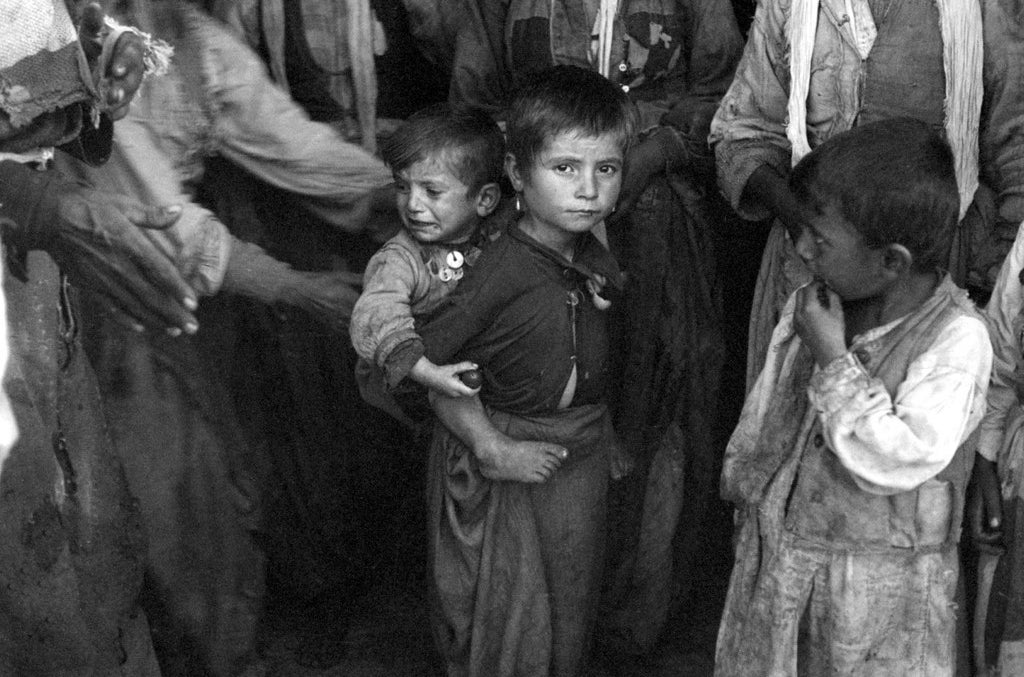
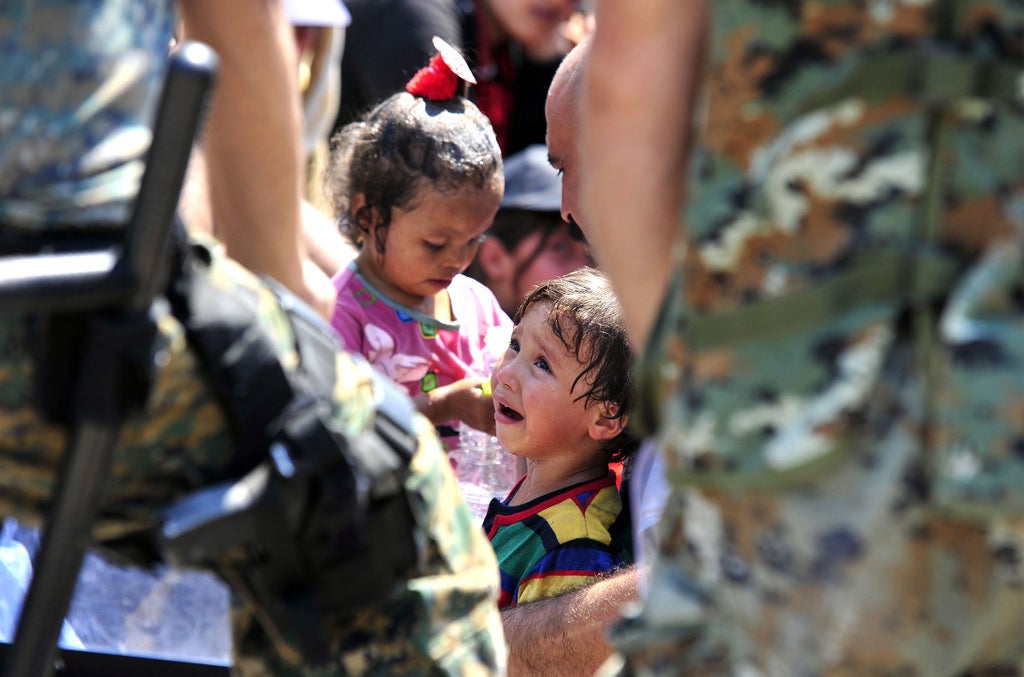
A young boy holds a crying child in a camp for displaced persons in Kavaja, Albania circa 1945. In 2015 in the former Yugoslav Republic of Macedonia, a crying child is comforted near Gevgelija.
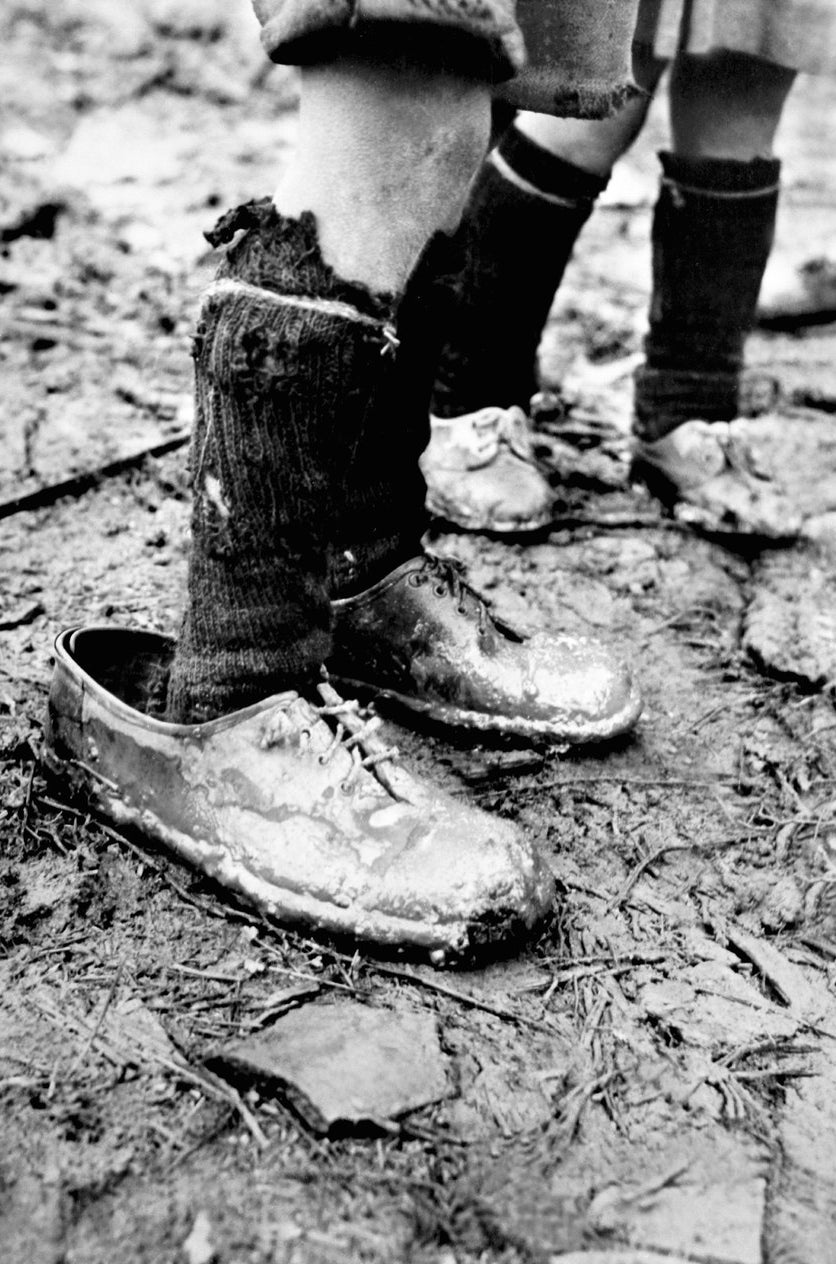
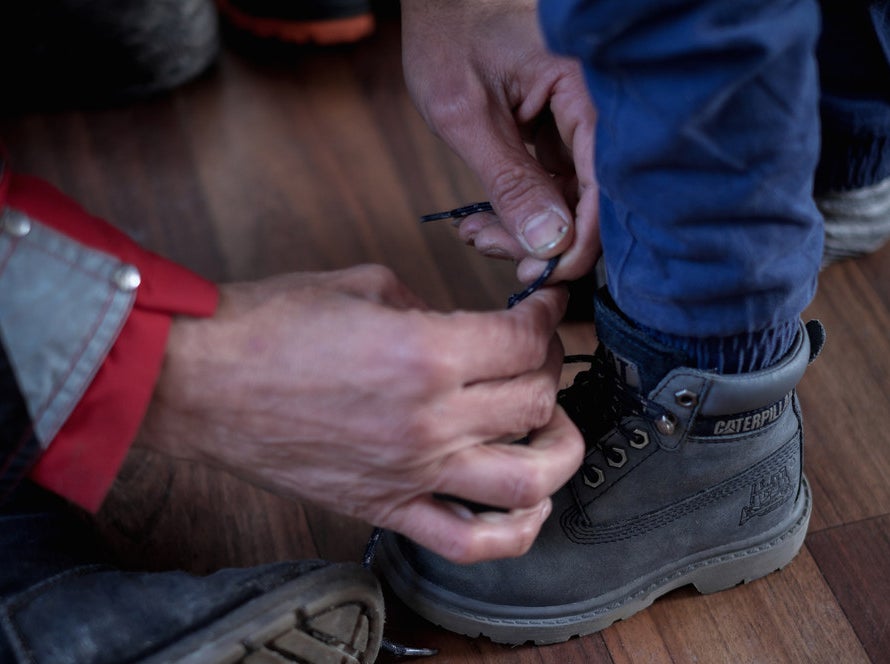
In Greece circa 1950, a boy wears socks held up with string and men's shoes many sizes too large. In 2015 in Gevgelija, Jamal Majati ties his son Basher's shoelaces, after stopping to change their clothes in a UNICEF-supported child-friendly space, as they flee the Syrian conflict.

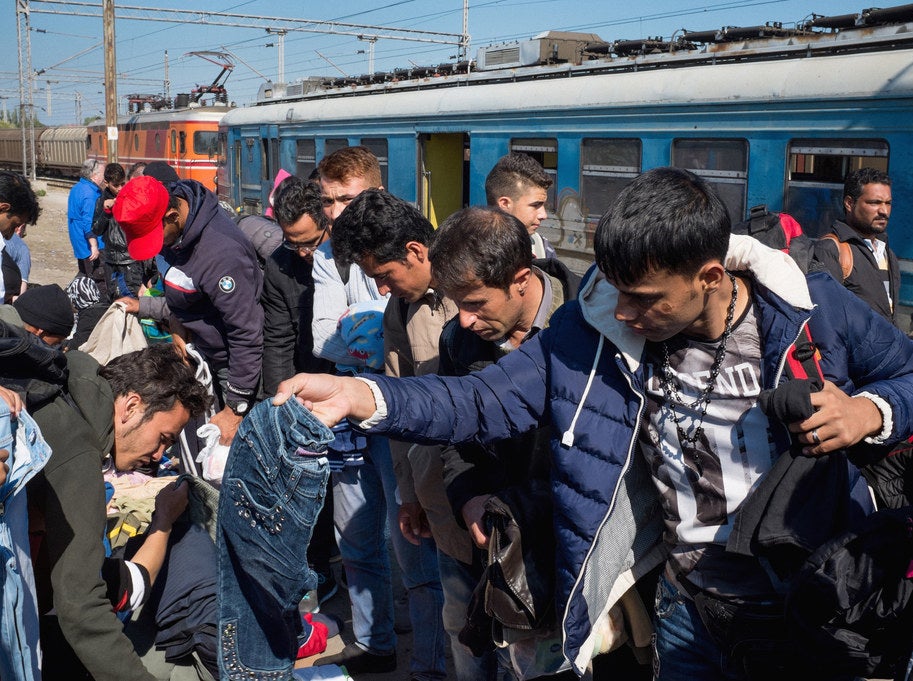
In 1949 in Italy, a girl smiles as she has her measurements taken for a new dress at the Santa Genoveva Institute, an orphanage in Naples. In 2015 in the former Yugoslav Republic of Macedonia, Syrian, Afghani and Iraqi refugees collect winter clothes distributed in Tabanovce.

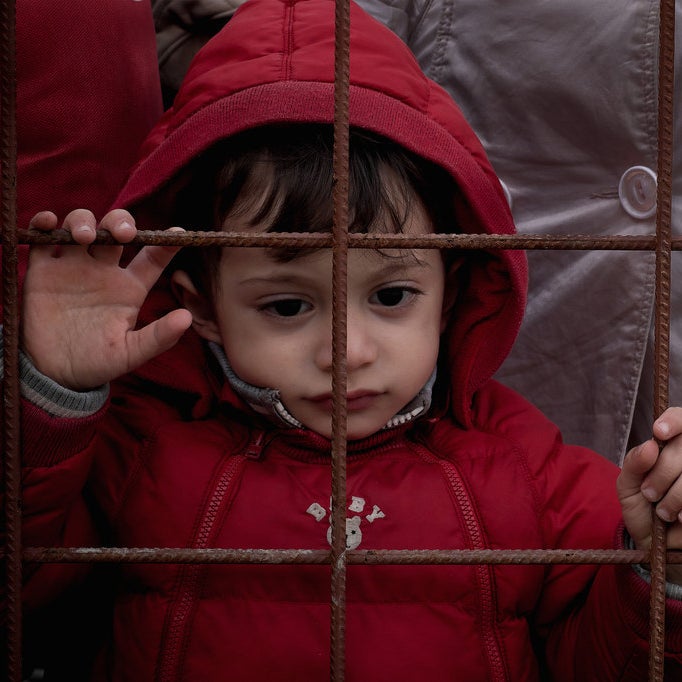
Circa 1946 in Greece, girls peer through the window of a schoolhouse where a medical clinic has been set up. In 2015 in the former Yugoslav Republic of Macedonia, a small child refugee stands with adults at a wire fence in Gevgelija, stranded at the main entry point to the country.
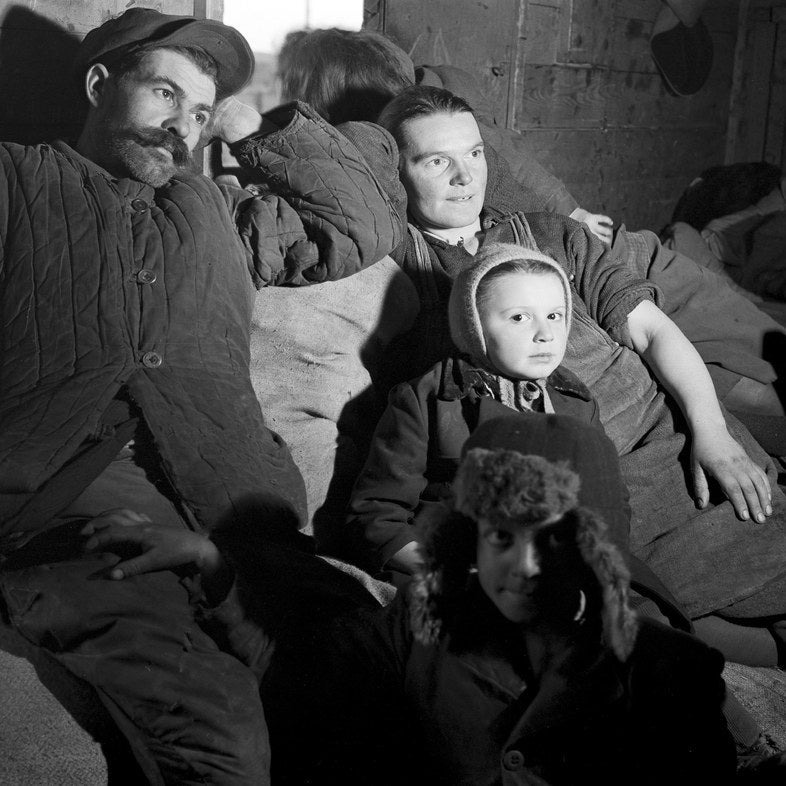
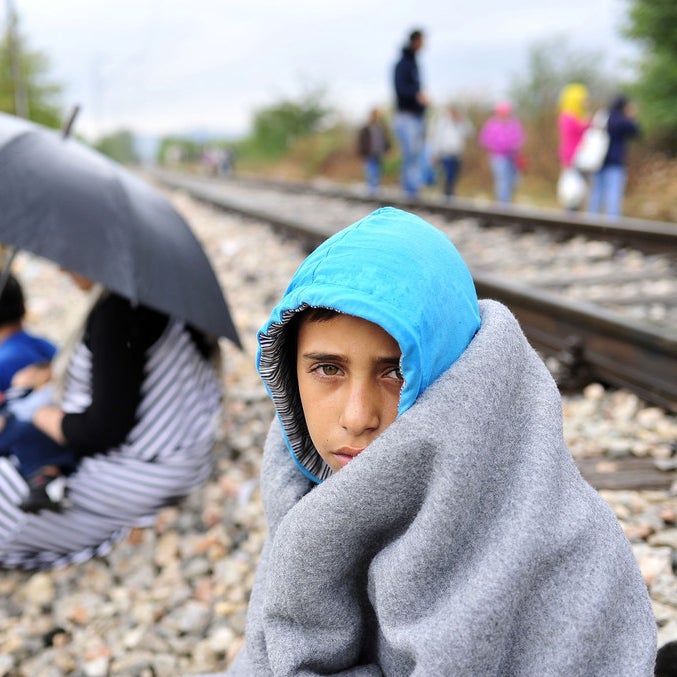
In 1946 in Poland, a refugee family rests on their belongings during their travel to the farm that awaits them in the Lower Silesia region. In 2015 in the former Yugoslav Republic of Macedonia, a boy wrapped in a blanket rests beside a railroad track heading further north to Serbia.
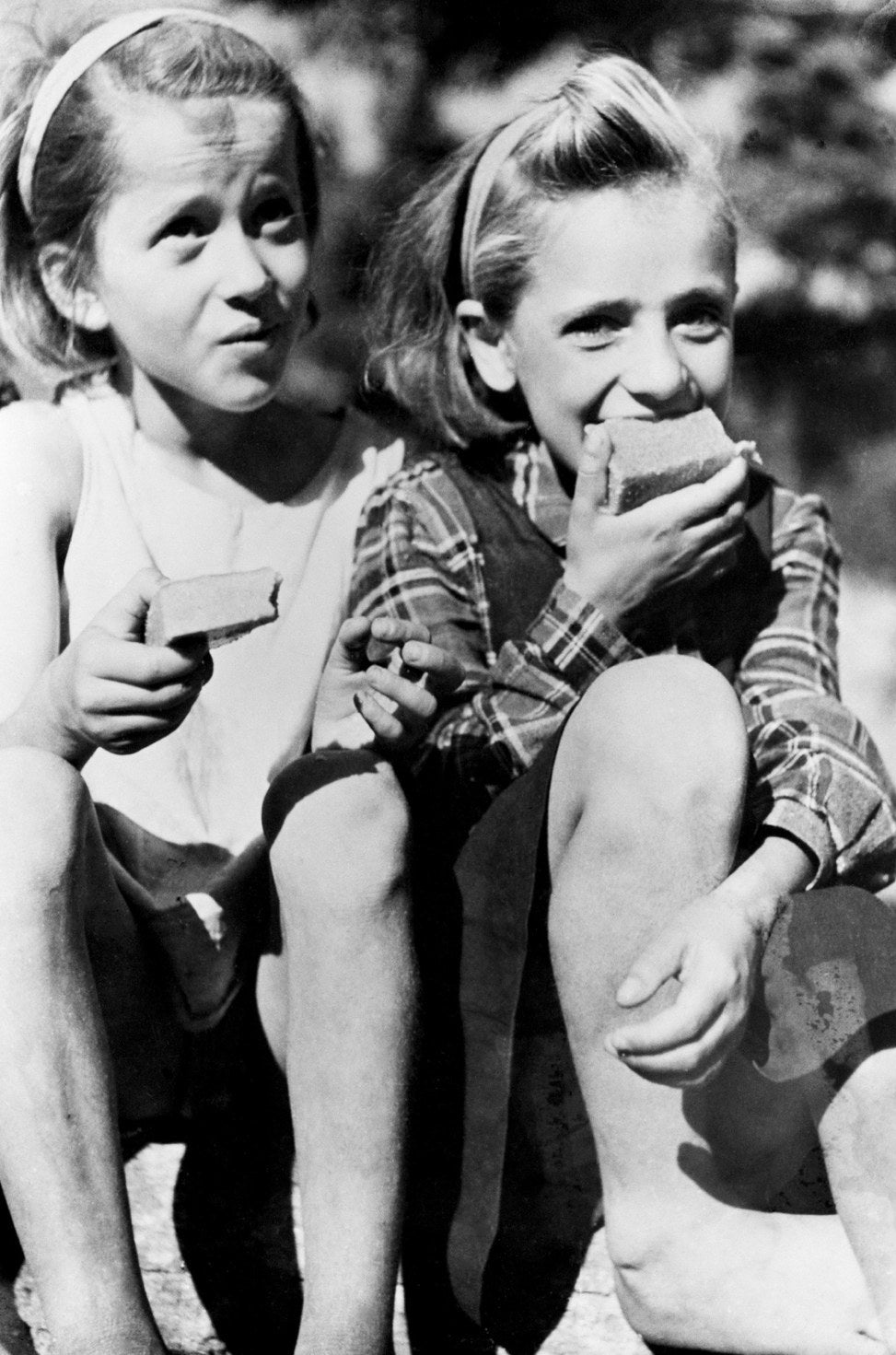
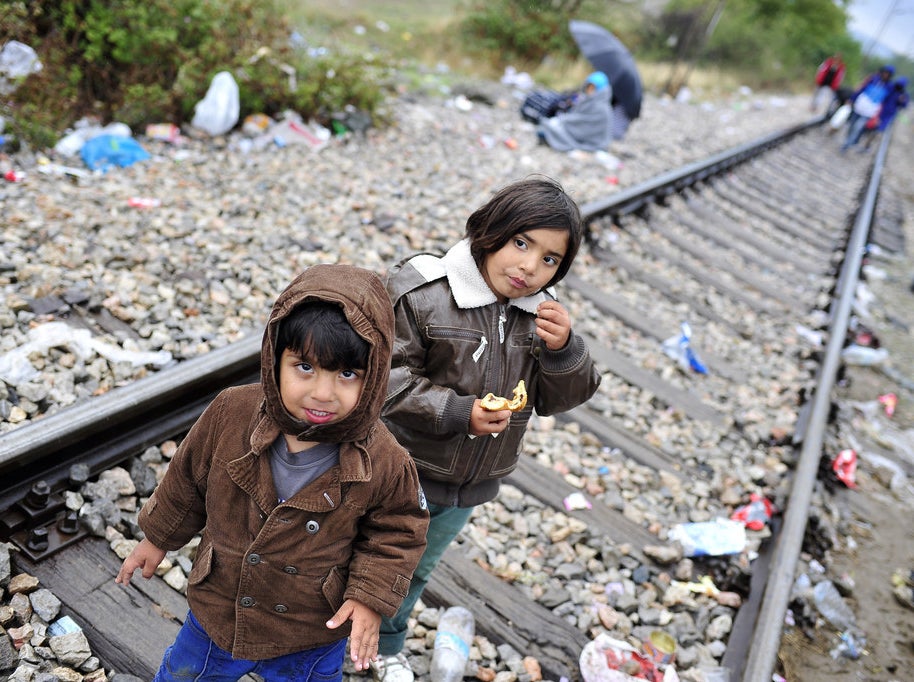
Circa 1946 in Greece, displaced girls enjoy a ration of 'halva', a nourishing mixture of semolina flour, olive oil or margarine, and sugar. In 2015, a child refugee eats a snack standing on a railroad track near Gevgelija, on the border with Greece.
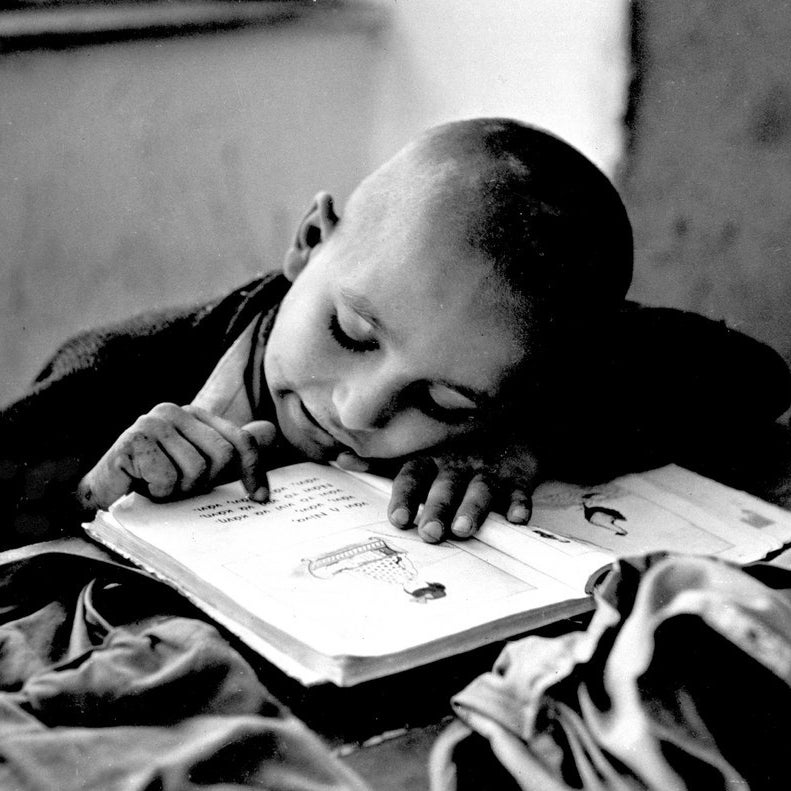
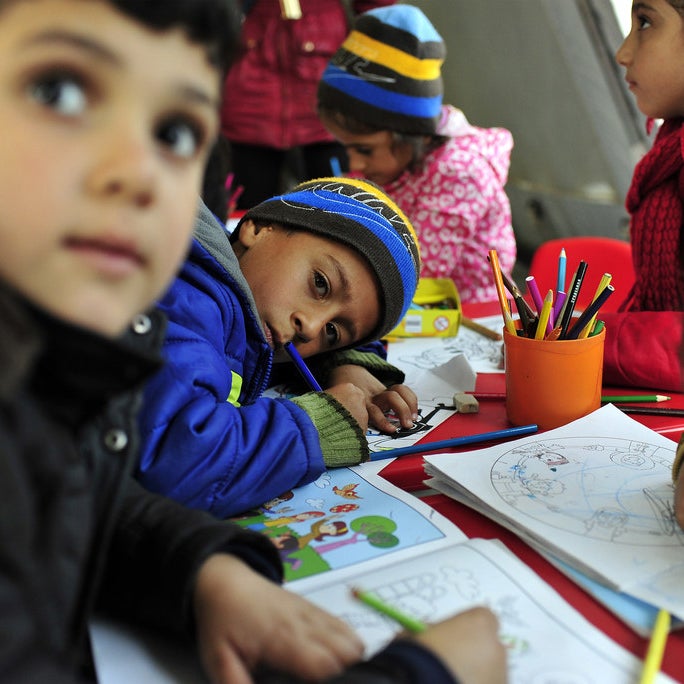
A boy refugee reads a book in Greece circa 1955. Children draw in a UNICEF-supported child friendly space, equipped with educational materials and toys for children passing through Preöevo, exhausted from their long journeys, in Serbia in 2015.

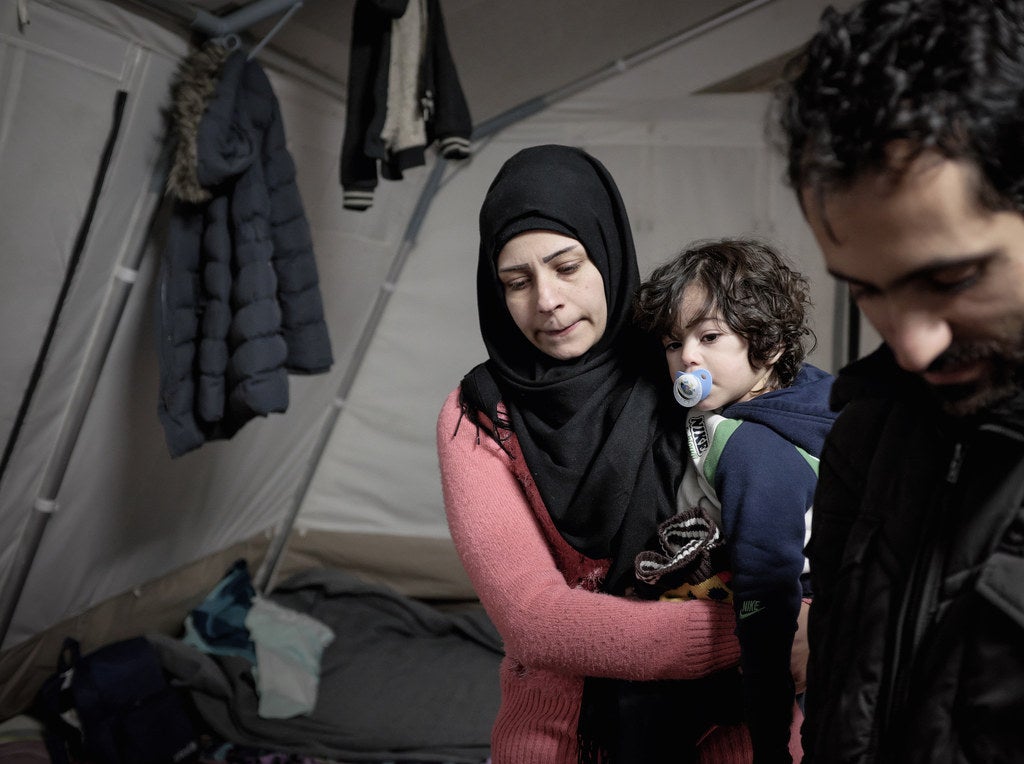
In 1945 in Albania, a woman holding a baby stands in the doorway of a camp for displaced persons, in Kavaja. In 2015, Fatima Marge holds her 18-month-old son, Hassan, with her husband, Ali beside her, inside a tent in a temporary camp near Idomeni in Greece.


Circa 1950 in Italy, children with disabilities play football. In 2015 in the former Yugoslav Republic of Macedonia, teenagers play football at a refugee and migrant reception centre. Children need access to safe spaces where they can rest and receive emotional support.
